Your Cat and Houseplants: A Real-Talk Guide to Keeping Them Safe
I’ve worked in veterinary clinics for years, and honestly, there’s a story I’ve seen play out way too many times. A cat owner, so excited about their beautiful new houseplant, brings it home on a Saturday. By Monday night, they’re rushing into our emergency room with a very sick cat, completely terrified and confused.
In this article
It’s a heartbreaking, and almost always preventable, situation. Nobody buys a plant intending to harm their pet. The problem is a huge gap in accessible knowledge. You might see a tag that says a plant is “toxic,” but what does that even mean? Is it a little tummy ache toxic, or a life-or-death toxic? The information is all over the place.
So, this is the frank conversation I wish I could have with every single cat owner. We’re going to cover exactly why certain plants are dangerous, the specific signs to watch for, and how to create a home that’s full of gorgeous greenery without putting your furry friend at risk.
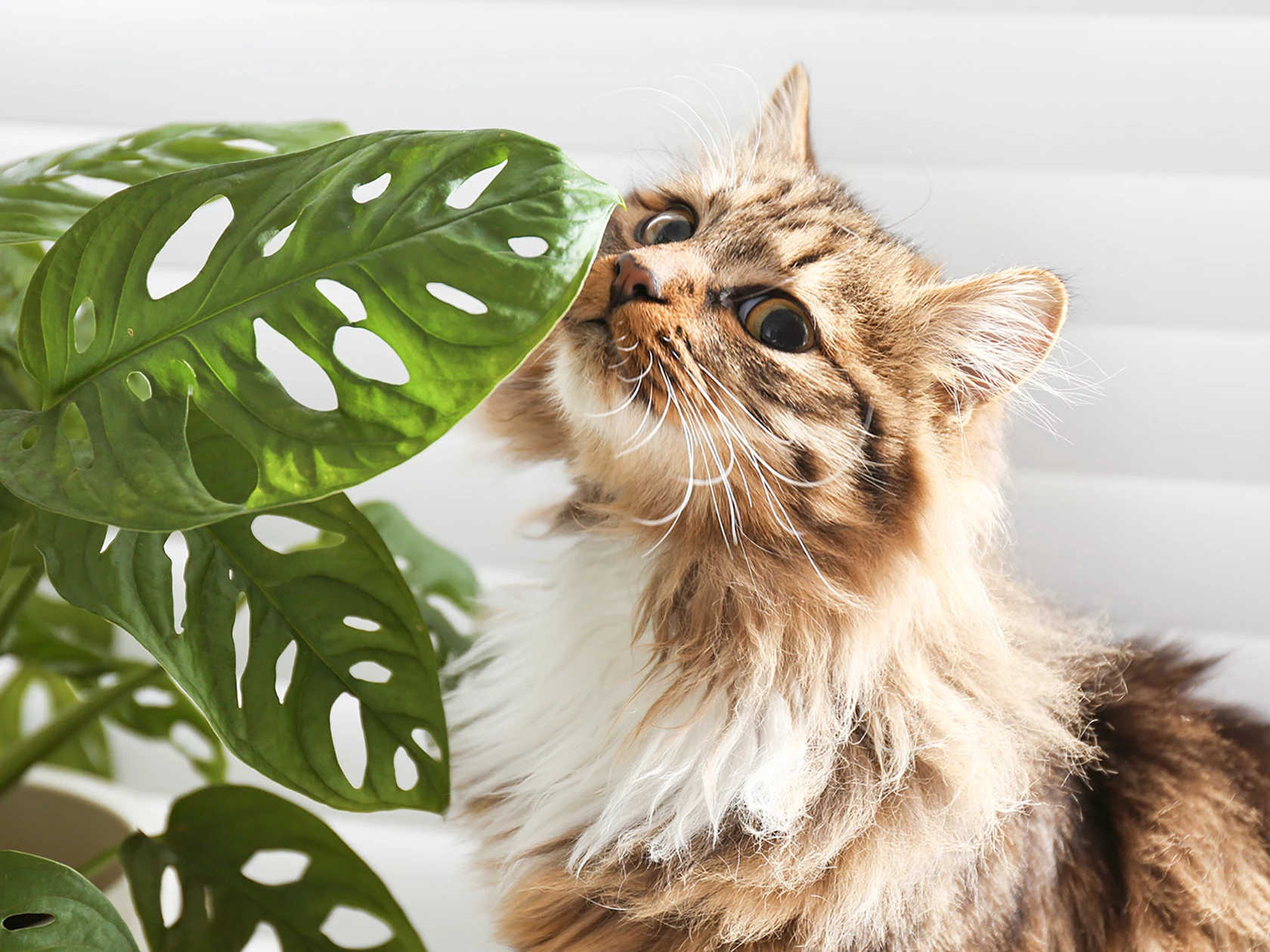
Let’s Cut to the Chase: The Danger Scale
If you’re reading this in a panic, take a breath. Here’s the fast version. I’ve broken down the most common culprits into categories so you can quickly assess the situation. This isn’t a replacement for calling your vet, but it’s a start.
- The Absolute NO-GO List (Potentially Fatal): These are the big ones. If your cat even sniffs these, it’s an emergency. We’re talking about True Lilies (Easter, Stargazer, Tiger, Daylilies) and the Sago Palm. There is zero room for error with these plants. Get them out of your house and yard, period.
- The Painful Problems (Moderate Risk): This group causes intense pain and distress but isn’t usually deadly unless a large amount is eaten. This includes the Peace Lily, Monstera Deliciosa (Swiss Cheese Plant), and Dumb Cane. They’re full of microscopic, needle-like crystals. Ingesting a Daffodil or Tulip bulb also falls into this more serious category.
- The Tummy Upset Crew (Mild to Moderate Risk): These plants will most likely lead to a miserable day of vomiting and diarrhea, but they rarely cause lasting harm. Think Pothos, Philodendron, Snake Plant, Aloe Vera, and English Ivy.
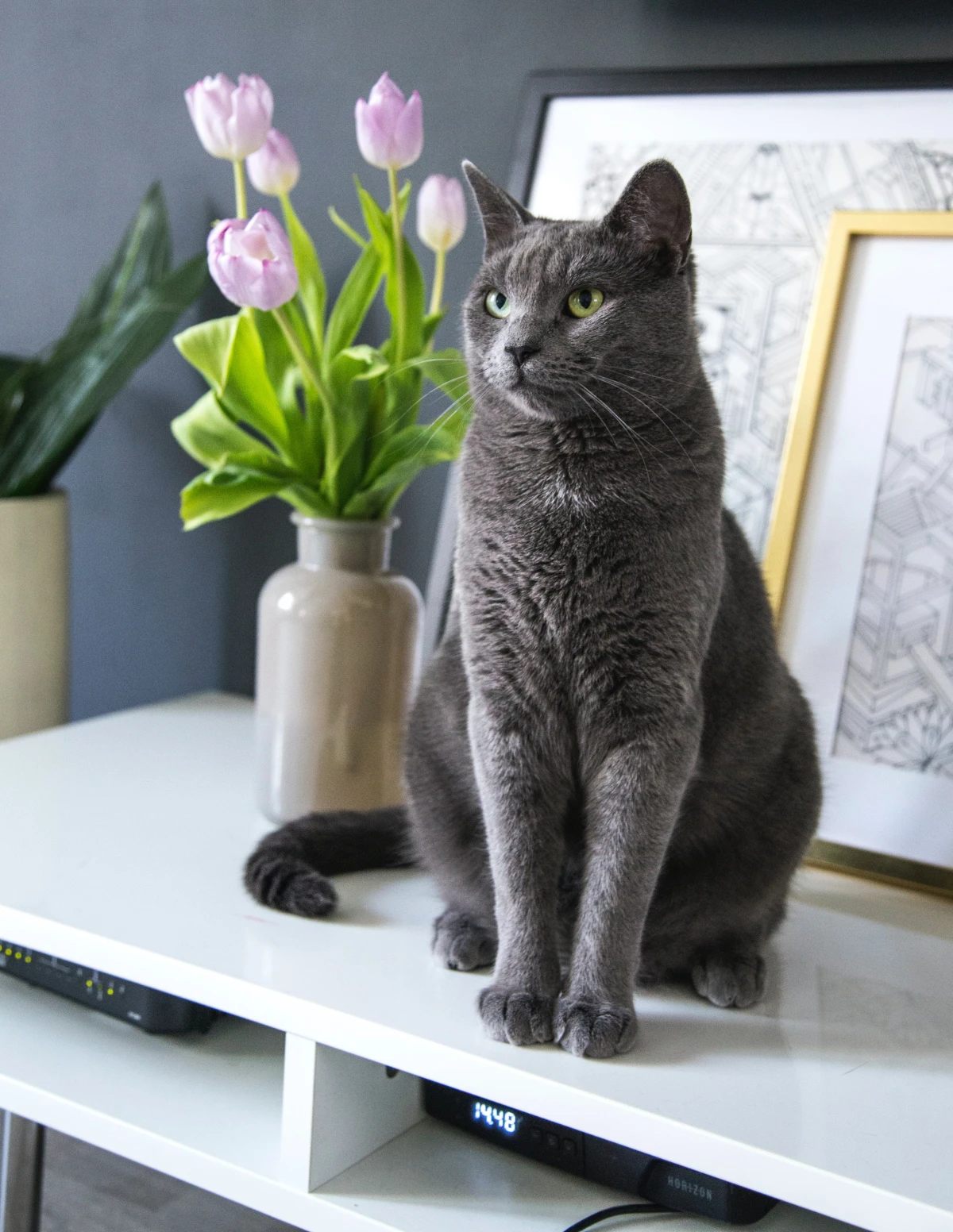
So, Why Are These Plants Even Toxic?
Understanding the how makes it easier to spot the what. It’s not just some vague poison; specific compounds in these plants cause predictable reactions in your cat’s body.
Some plants are loaded with something called insoluble calcium oxalates. The easiest way to picture this? Imagine chewing on a mouthful of microscopic, needle-sharp shards of glass. That’s what your cat feels. When they bite a leaf from a Peace Lily or Monstera, these crystals shoot into the sensitive tissues of their mouth and throat, causing immediate, intense pain. You’ll see drooling, pawing at the face, and sometimes swelling. The one good thing about this is that the pain is so instant, most cats stop chewing before they can swallow enough to cause systemic issues.
Then you have plants with saponins, like the Snake Plant and Aloe Vera. These are basically the plant’s natural, soap-like bug repellent. When your cat eats them, they irritate the whole digestive tract, leading to classic vomiting, diarrhea, and loss of appetite. It’s unpleasant, for sure, but usually not a major crisis.
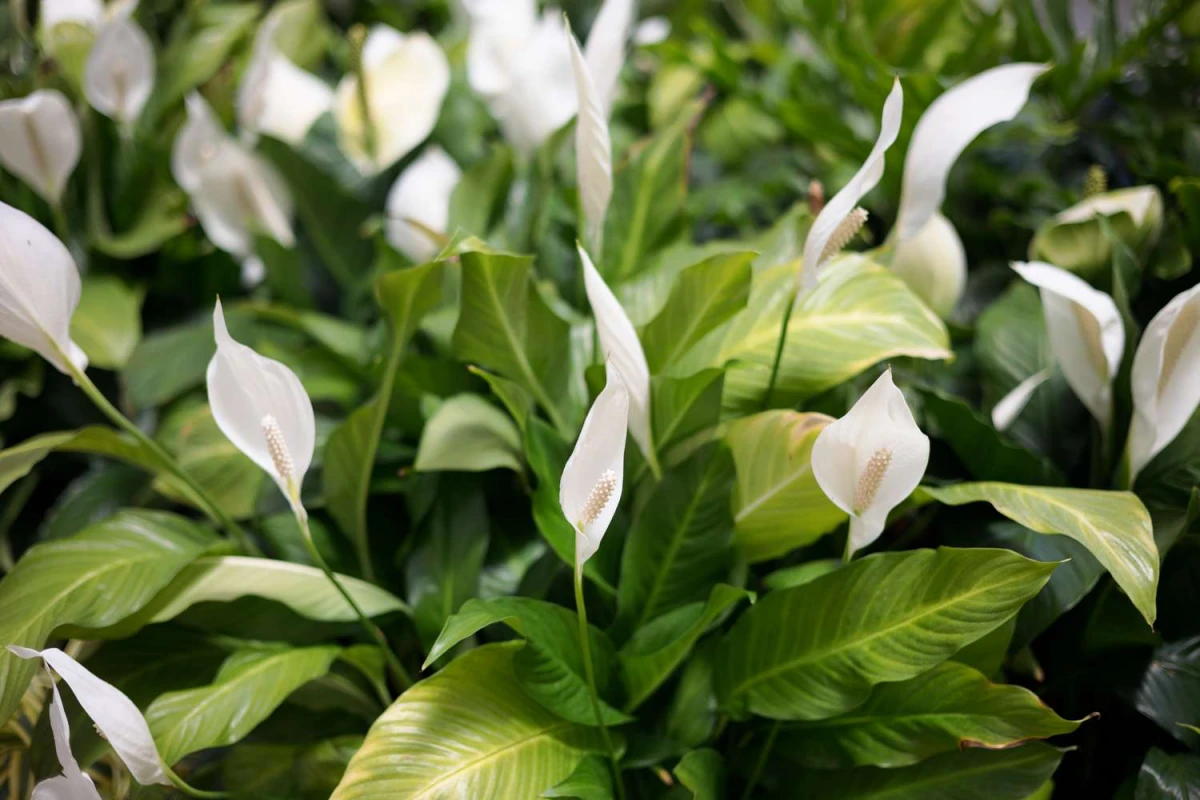
But the third group… this is the one we really need to worry about. These are the plants with systemic toxins. These poisons get absorbed into the bloodstream and go straight for the vital organs, causing catastrophic failure of the kidneys, liver, or heart. These are the true killers.
A Plant-by-Plant Breakdown from the Trenches
Let’s get specific. Here are the plants I see causing the most trouble, and what you actually need to know about them.
1. True Lilies (The Non-Negotiable NO)
Let me be crystal clear: if you have a cat, you cannot have any true lilies in your home or garden. This includes Easter Lilies, Tiger Lilies, Stargazer Lilies, and Daylilies. Not on the counter, not in a vase, not in the yard. Ever.
Every single part of this plant is deadly toxic to cats—the petals, stem, leaves, pollen, and even the water in the vase. Licking a tiny bit of pollen off their fur is enough to cause complete, irreversible kidney failure. I’m not being dramatic; I’ve seen it happen. It’s devastating.
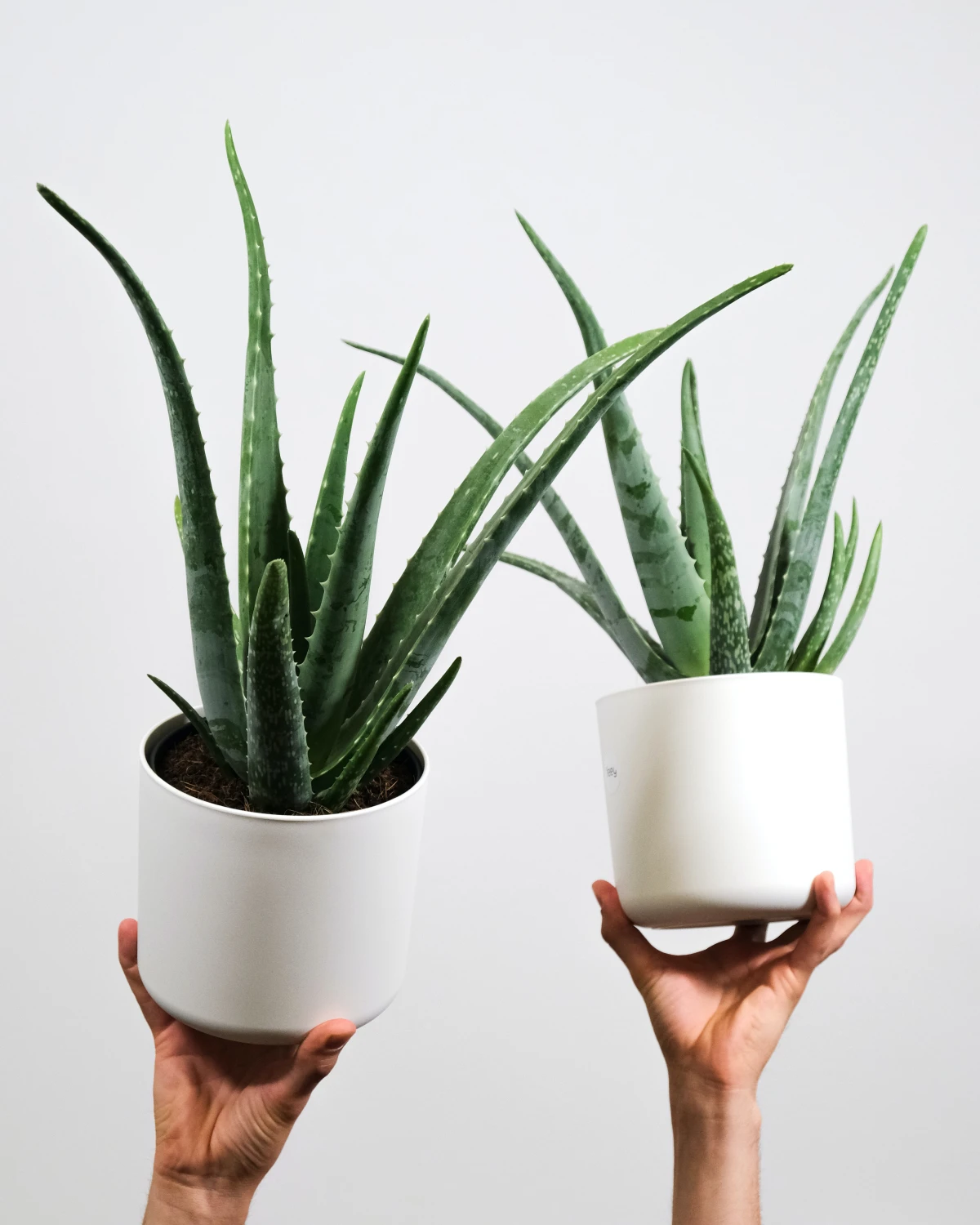
Heads up! If you suspect your cat has been exposed, this is a five-alarm fire. Go to an emergency vet immediately. Don’t wait for symptoms. If you want any chance of saving them, treatment has to start within hours. And be prepared: “aggressive treatment” means multi-day hospitalization with IV fluids and constant monitoring. A visit like this can easily cost anywhere from $1,500 to over $5,000. It’s a massive financial and emotional nightmare.
Quick Tip: What if there’s just pollen on their fur?
First, if you have one, put a cone (e-collar) on your cat to stop them from grooming. Then, use a dry paper towel or a brush to get off as much loose pollen as you can. Follow up with a damp cloth. And then, you still need to call your vet. Do not assume you got it all.
By the way, dried lilies in potpourri or arrangements are still toxic. Just avoid them completely.
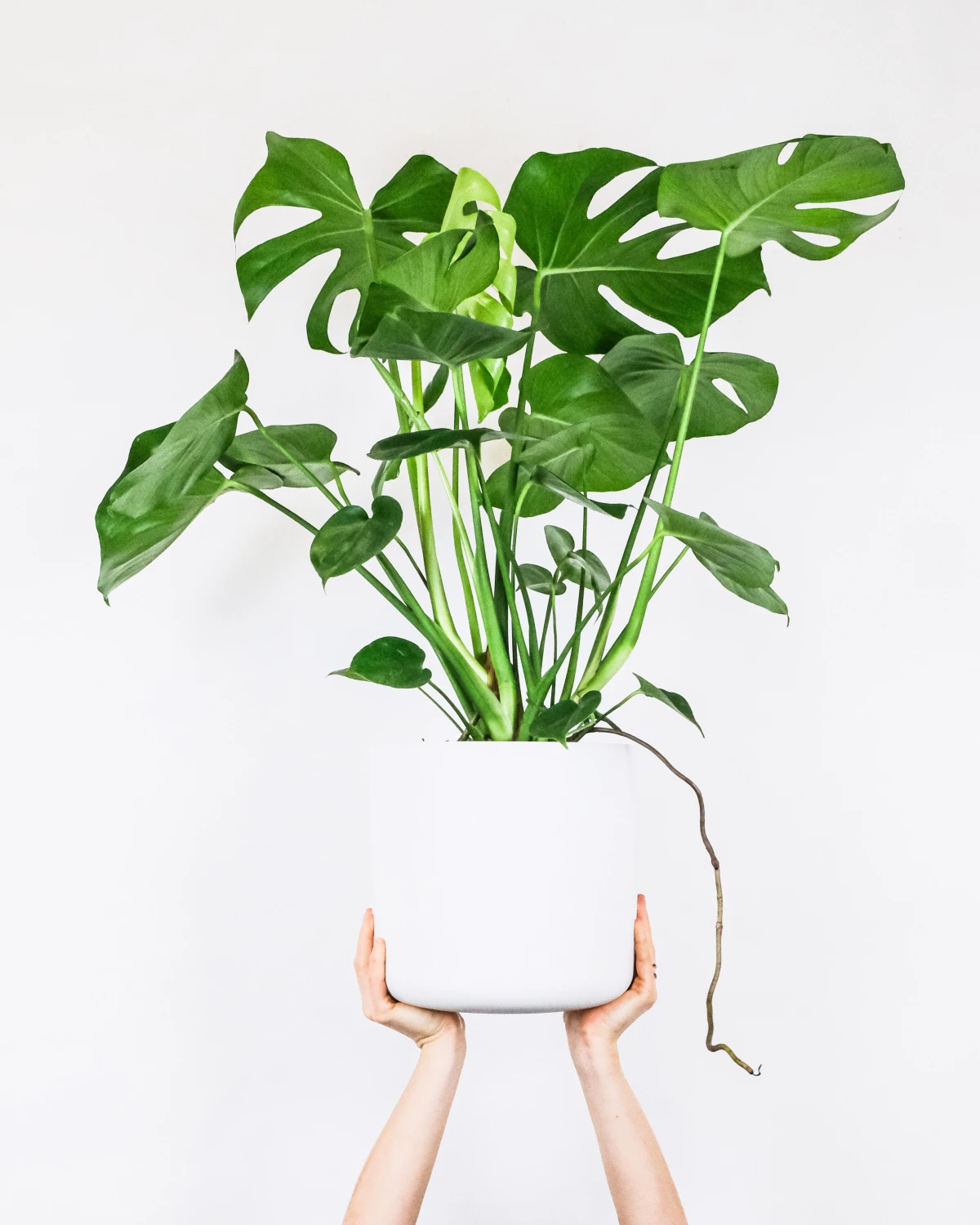
Safer Floral Choice: Go for roses (thorns removed), sunflowers, or freesias instead.
2. Sago Palm
This is the other plant on my absolute “no” list. It’s often sold as a cute little houseplant, but it’s incredibly dangerous. It contains a powerful toxin that causes severe liver failure. All parts are toxic, but the seeds or “nuts” are the most potent.
Symptoms start with vomiting and diarrhea but quickly progress to signs of liver failure over a couple of days. A key thing to look for is jaundice. Pro Tip: You can spot jaundice by gently checking for a yellow tint in the whites of your cat’s eyes, on their gums, or on the skin inside their ears. The survival rate for Sago Palm poisoning is terribly low, even with vet care.
Safer Alternative: The Parlor Palm or Areca Palm gives you that same tropical vibe and is completely non-toxic. You can find them at most big box stores like Home Depot or your local nursery.
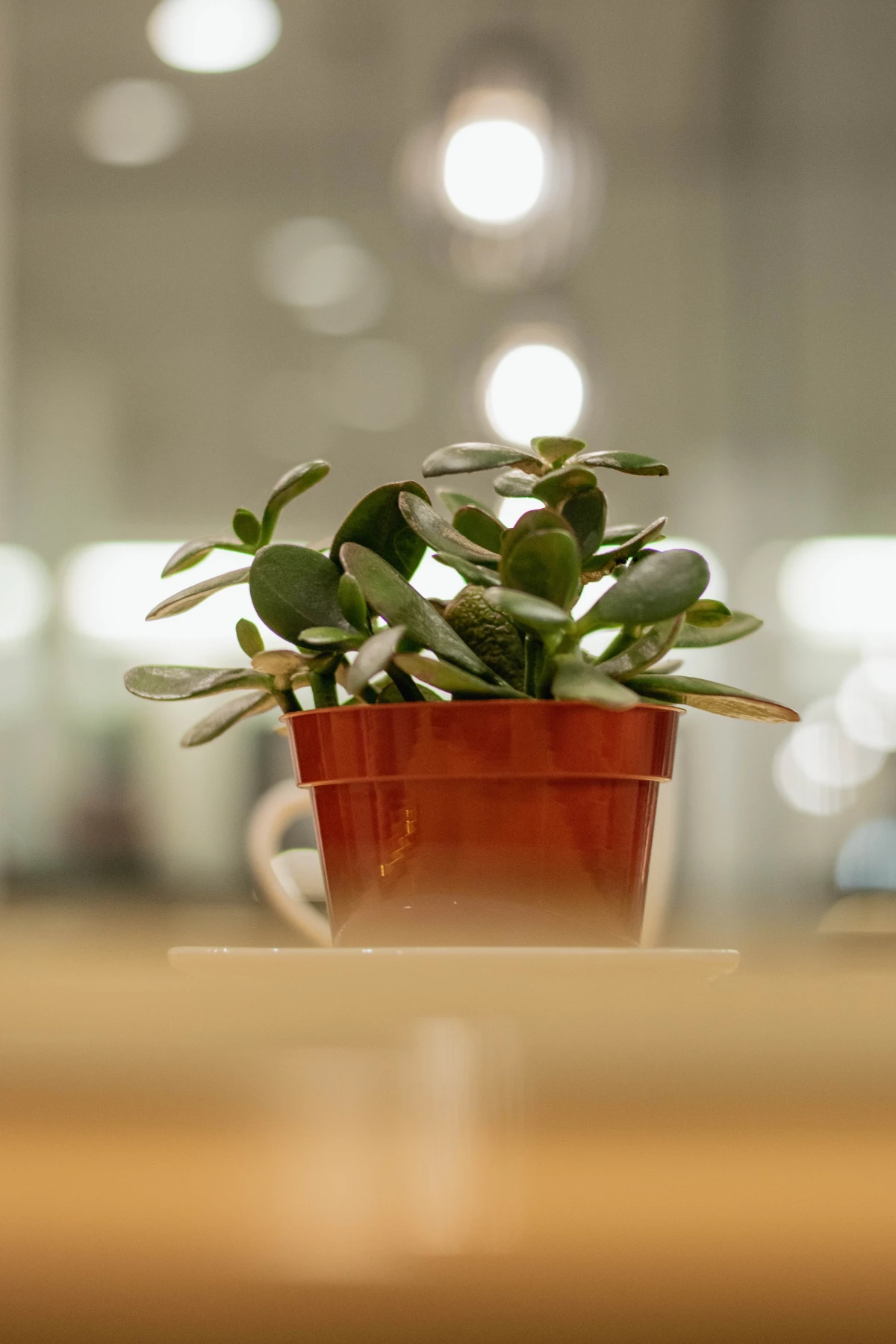
3. Peace Lily & Monstera
Okay, let’s bring the panic level down a notch. The Peace Lily is NOT a true lily and will not cause kidney failure. It, along with its popular cousin the Monstera, contains those needle-like calcium oxalate crystals we talked about. Chewing on these is intensely painful, so you’ll see lots of dramatic drooling and pawing at the face. It looks scary, but it’s rarely life-threatening.
My advice? Offer your cat some milk or tuna water to help rinse the crystals out of their mouth and soothe the irritation. Keep an eye on them, but most of the time, this resolves on its own once they learn their lesson. A vet visit is only necessary if you see significant swelling or they seem to be having trouble breathing, which is very rare.
Safer Alternative: A Prayer Plant (Maranta) has gorgeous, patterned leaves and is perfectly safe for a curious cat.
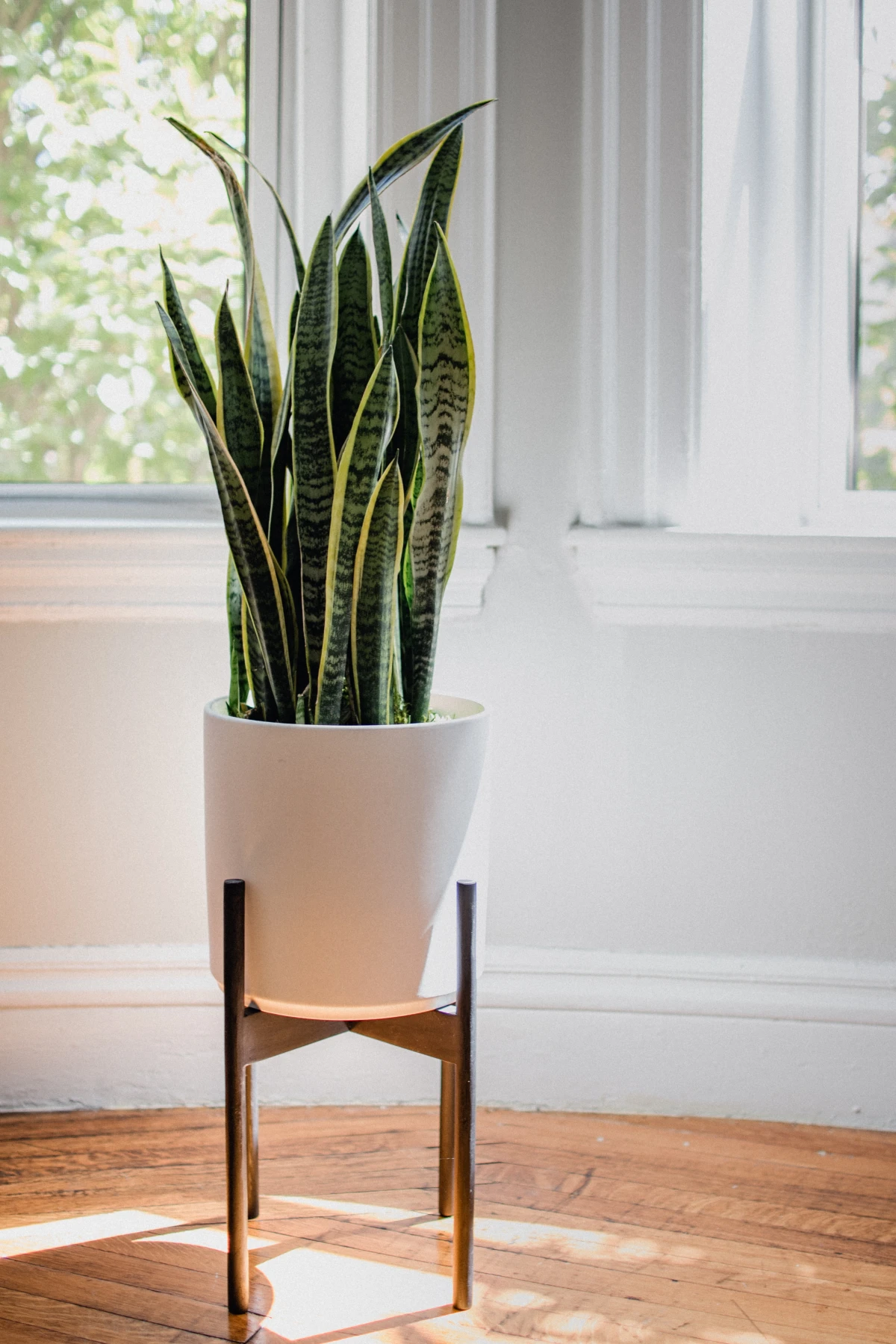
4. Aloe Vera & Snake Plant
These two are in the “tummy ache” category. The tough outer leaves contain saponins that irritate the gut. If your cat is a chewer, you can expect some vomiting and diarrhea. Because the leaves are so fibrous and don’t taste great, they usually don’t eat enough to cause a serious issue. The main risk, especially with a small kitten or older cat, is dehydration if the symptoms go on for more than a day.
Safer Alternatives: For a spiky, architectural look like Aloe, try a Haworthia (Zebra Plant). For the height and hardiness of a Snake Plant, the Cast Iron Plant is an amazing, pet-safe, and nearly indestructible choice.
Emergency Plan: What to Do if You Suspect Poisoning
Okay, you think your cat ate something. Don’t panic. Here is your step-by-step action plan.
- Separate & Secure: Immediately get your cat away from the plant. Put them in a bathroom or other secure room so they can’t go back for more.
- Identify the Plant: If you don’t know what it is, snap a few clear photos. Grab a leaf and put it in a plastic bag to take with you to the vet.
- Call for Help (This is CRITICAL): You have two calls to make. Start with the first one.
- ASPCA Animal Poison Control Center: (888) 426-4435. Their line is open 24/7. Good to know: Have a credit card ready. There is a consultation fee, usually around $95, and it is worth every single penny. These are the top experts who will give you immediate, life-saving advice and create a case file for your vet.
- Your Vet or a 24/7 Emergency Clinic: Call them right after (or while you’re on your way). Let them know you’re coming, what the poison control center said, and what plant is involved.
- DO NOT Induce Vomiting: Please, never try to make your cat vomit at home unless a vet specifically tells you to. For caustic toxins like the oxalates, it can cause a second round of burning on the way back up. It’s just too risky.
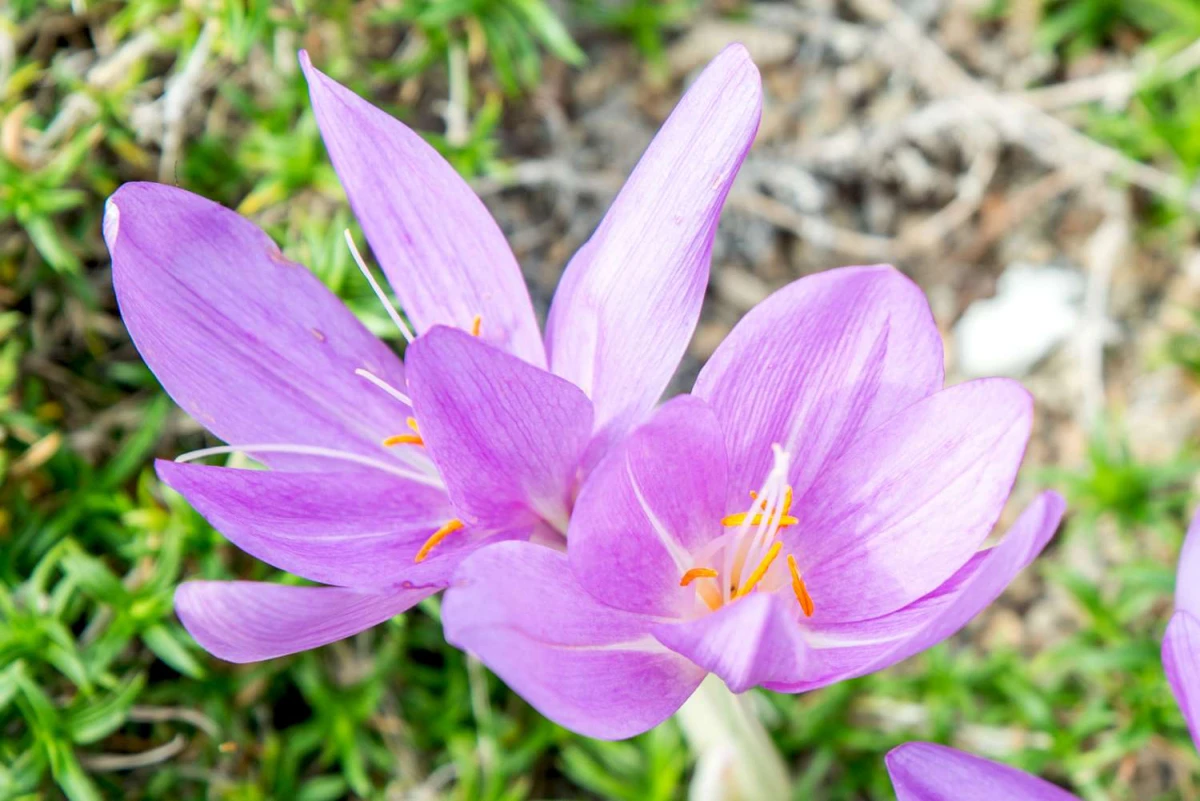
Living Beautifully and Safely with Plants
The only 100% surefire way to avoid a problem is to only have non-toxic plants. I strongly recommend you check any new plant against the ASPCA’s official toxic plant database—just search for it online. Always use the scientific name for an accurate ID!
For the milder toxins, it’s about knowing your cat. Is yours a bored kitten who chews everything, or a senior cat who couldn’t care less? You can use hanging baskets or high shelves to keep plants out of reach. Oh, and those bitter apple or citrus sprays people recommend? From my experience, they’re a total crapshoot. Some cats hate them, others seem to think it’s a tasty salad dressing. Don’t rely on them.
A much better strategy is to provide a safe alternative. A small pot of cat grass (you can buy kits for under $10) or some fresh catnip can give them a safe, approved target for their chewing instincts. It’s all about creating a space where both your design sense and your feline friend can thrive, safely.
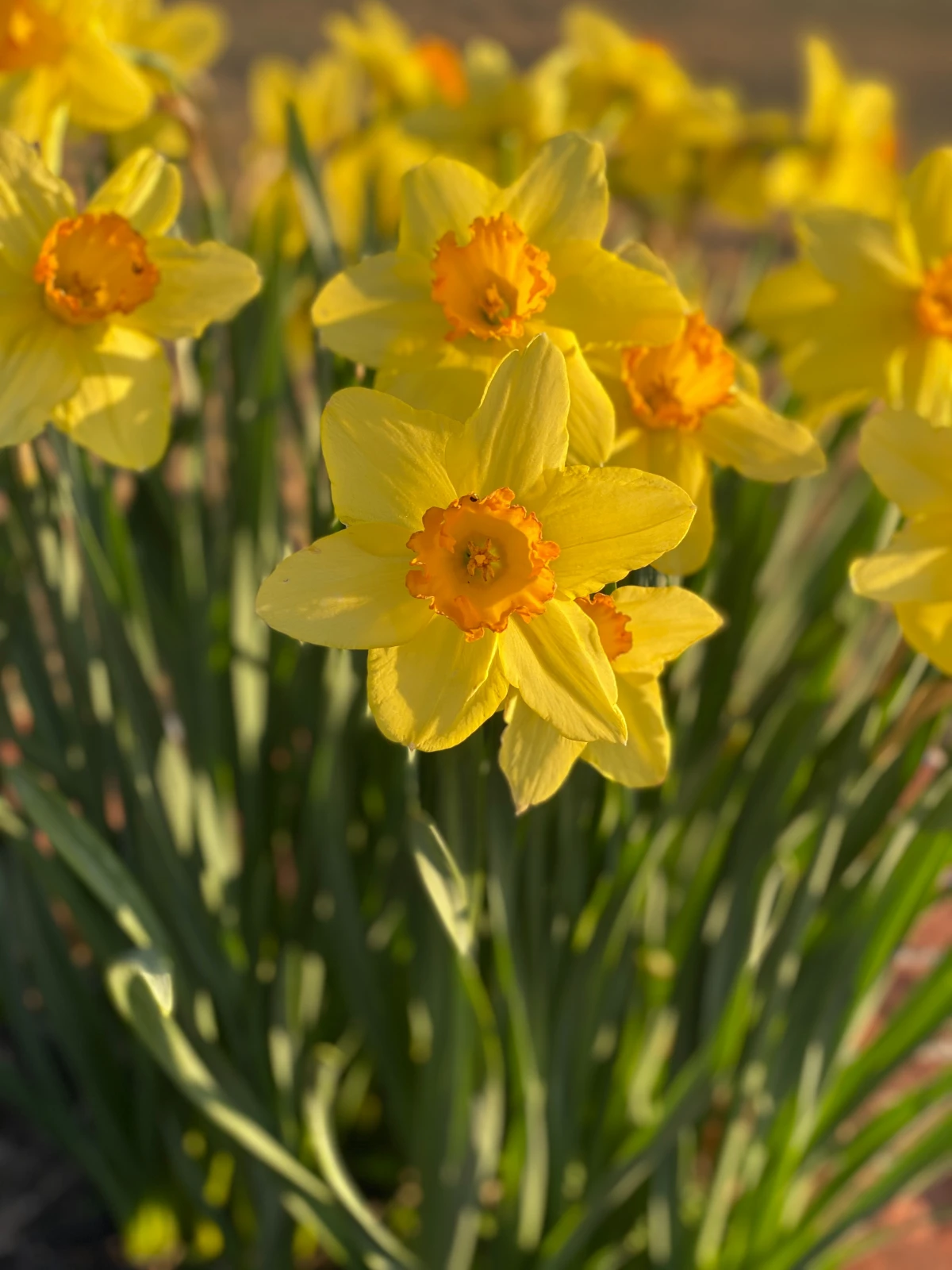
Inspiration:

So, why is my cat so determined to nibble on my beautiful Monstera? Is it personal?
It’s definitely not a personal attack on your decor! For many cats, chewing on plants is a mix of boredom, curiosity, and a fascination with texture. It can also be an instinctual drive for fiber to aid digestion. Instead of just trying to deter them, give them a ‘yes’ plant. This is where cat grass comes in. A small pot of oat or wheat grass provides a safe, appealing alternative for them to chew. You can find easy-to-grow kits from brands like The Cat Ladies or grab a pre-grown pot of Pet Greens at your local pet store. It satisfies their craving and redirects their attention from your more precious (and potentially dangerous) greenery.










